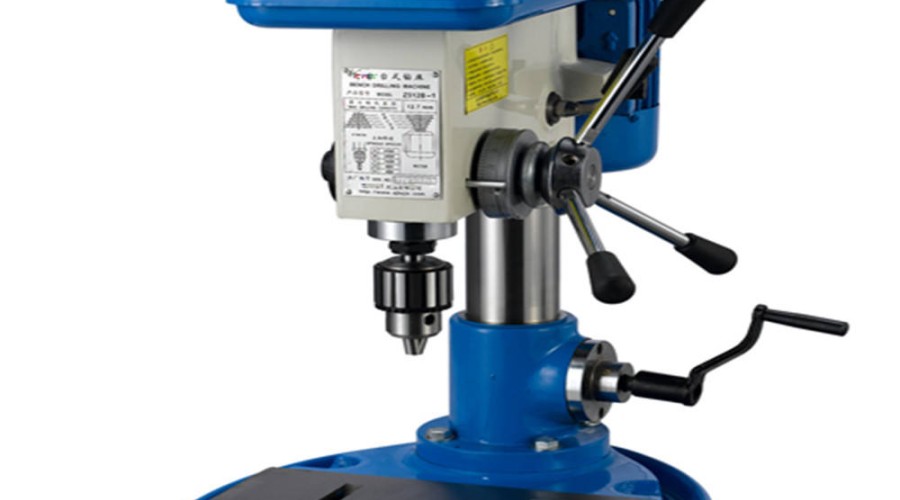
Equipment Introduction
- Radial Arm Drill Press: A type of drill press with a radial arm that can rotate around a column and move up and down. Typically, the spindle box moves horizontally on the radial arm. It is primarily used for drilling holes in workpieces, with the drill bit's rotation being the main motion and the axial movement of the drill bit being the feed motion.
- Bench Drill Press: Also known as a bench drill, it refers to a small drill press that can be placed on a workbench, with the spindle arranged vertically. The drilling diameter of bench drill presses is generally below 13mm, typically not exceeding 25mm. The spindle speed is usually changed by adjusting the position of the V-belt on the pulleys, and the spindle feed is manually operated.
Equipment Features
- Drilling machines are versatile machine tools with a wide range of applications.
- They are easy to operate, with the workpiece fixed in place while the tool rotates and feeds along the spindle axis. Operation can be manual or automated.
- Bench drill presses have low horsepower, good rigidity, easy operation, and are easy to maintain.
Types of Machining
Drilling, reaming, tapping, countersinking, countersinking (countersunk holes), surface engraving, thread tapping, etc.
Machining Accuracy
Drilling is a basic method for hole machining, often performed on drill presses and lathes, and can also be done on boring machines or milling machines. The machining accuracy of drilling is relatively low, typically only reaching IT10, with surface roughness generally ranging from 12.5 to 6.3um. After drilling, reaming and tapping are often used for semi-finishing and finishing.
Materials for Machining
Carbon steel, stainless steel, aluminum alloy, brass, SAE steel, PEEK, POM, electric wood, etc.
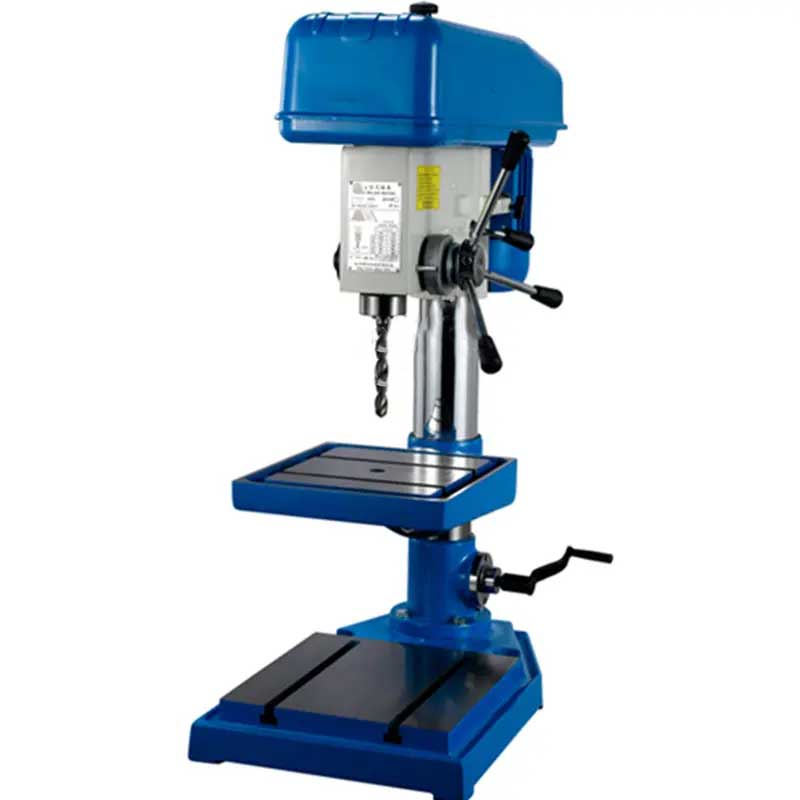
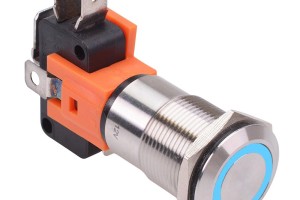
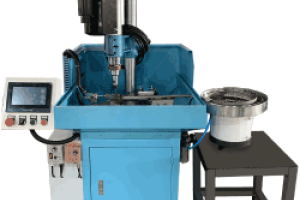
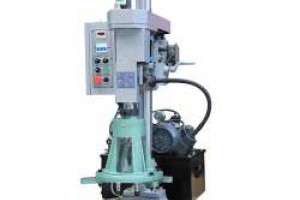
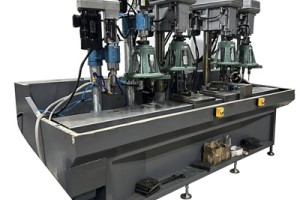
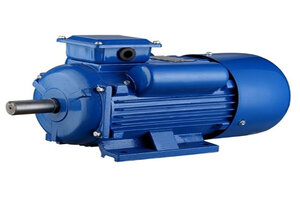
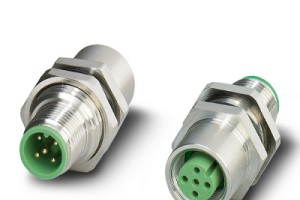
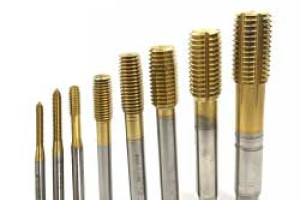
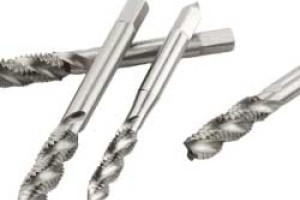
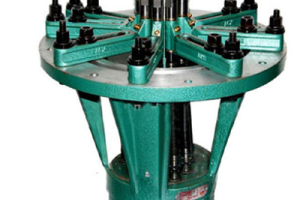
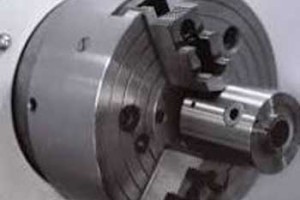
Leave a comment